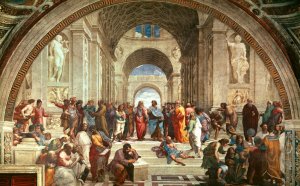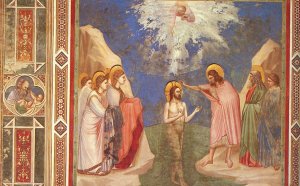Famous Italian Painters from the Renaissance
Share this Post
Related posts
Painting from the Renaissance
OCTOBER 29, 2025
Images courtesy the artist Sound and color may seem, at least superficially, to have very little in common. But as Athens-based…
Read MoreFamous paintings from the Renaissance
OCTOBER 29, 2025
Painting in Renaissance art continued to progress in art history from the Gothic period, toward more realism and three dimensions…
Read More





